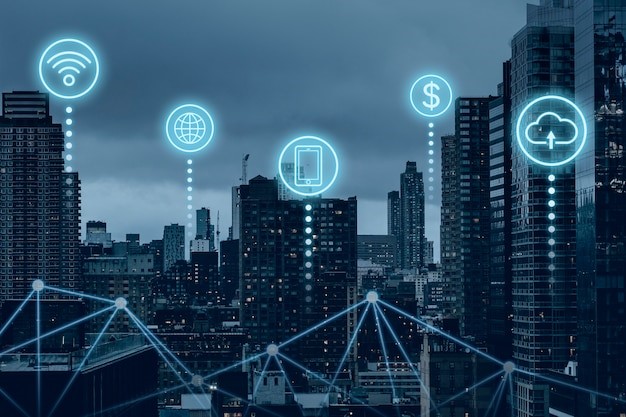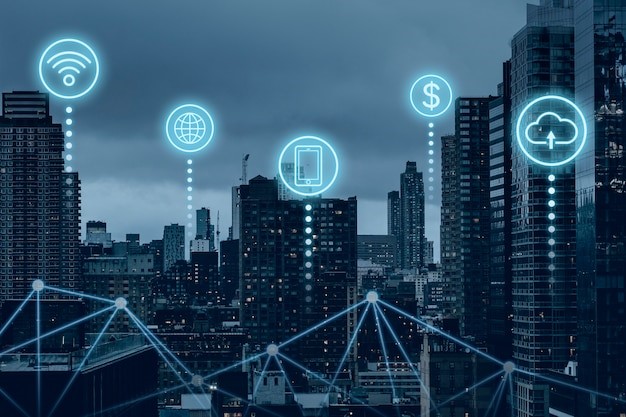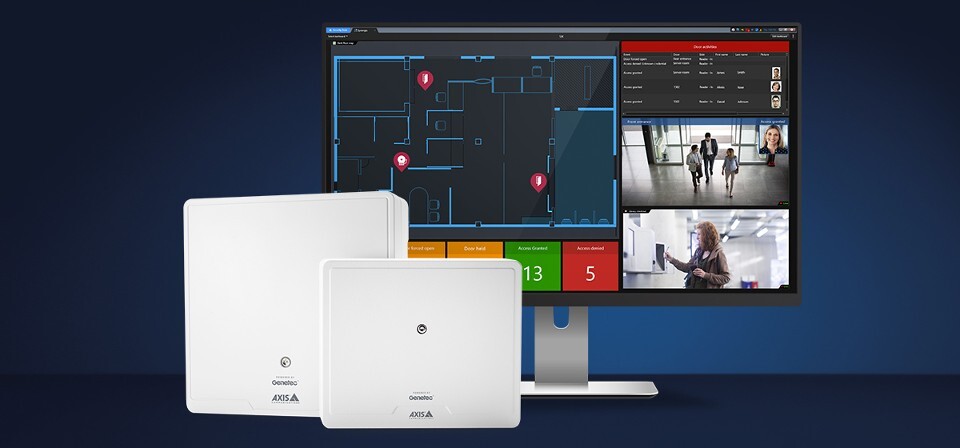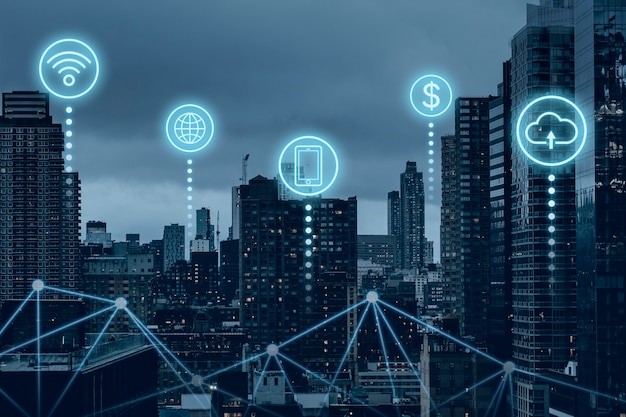Read Our Blogs
Business Security Solutions in Houston: Safeguarding Your Data and Infrastructure
The security of your business operations and data has never been more critical in our rapidly evolving digital world. For enterprises in Houston, a bustling and growing business hub, the stakes are even higher. From protecting sensitive customer...
Transform Business Communication with Avaya Services in Houston
Effective communication is at the heart of every successful enterprise. For businesses based in Houston, the ability to seamlessly connect teams, engage customers, and operate with flexibility is crucial in an increasingly competitive landscape....

Future Trends: What’s Next for Partnerships in Enterprise Systems?
As businesses continue to evolve in a rapidly changing technological landscape, partnerships in enterprise systems are becoming increasingly crucial. Companies like Enterprise Systems, which offer comprehensive IT support and systems integration,...

Inside Enterprise Systems’ Partner Network: Opportunities for Growth and Collaboration
Exploring a premier partner network opens doors to transformative opportunities for businesses looking to scale and innovate. Such networks facilitate connections with leading industry players, offering a collaborative platform that promotes mutual...

Transparency and Accountability: Enterprise Systems’ Approach to Philanthropy
In the fast-changing landscape of modern philanthropy, transparency and accountability stand out as important cornerstones for organizations that want to make an impact. As guardians of public trust and resources, these organizations set strict...

Optimizing Logistics with Enterprise Systems: Efficiency in Transportation
In the fast-paced world of logistics, efficiency is more than simply an advantage; it is a need. As industries grow and consumer demands rise, logistics networks must deliver with more precision and speed. Adopting advanced enterprise solutions in...

Future Trends in Technology Partnerships: Anticipating the Next Wave of Innovation
Keeping ahead of the competition in this era of incredible technical advancement calls for fresh ideas and strategic collaboration. Collaboration across firms may drive the creation of game-changing innovations, driving sectors into unknown realms...

Collaborative Solutions: How Technology Partnerships Solve Complex Challenges
In an age where technical challenges are getting more complex and diverse, the need for collaborative solutions cannot be emphasized. This is especially true in industries where technology is constantly advancing, necessitating quick and...

Innovative Solutions through Collaborative Partnerships at Enterprise Systems
Strategic collaborations are cornerstones of innovation and growth in today's rapidly changing business market, where technical advancement is crucial. Many prominent firms use these agreements to boost their technology skills, broaden their...

Leadership and Innovation: Fostering Innovation through Enterprise Systems
In the digital era, innovation and leadership are connected more than ever. Innovative technology utilization is part of IT leadership, not simply resource management. Leaders in this space are visionaries who empower their teams to push boundaries...
